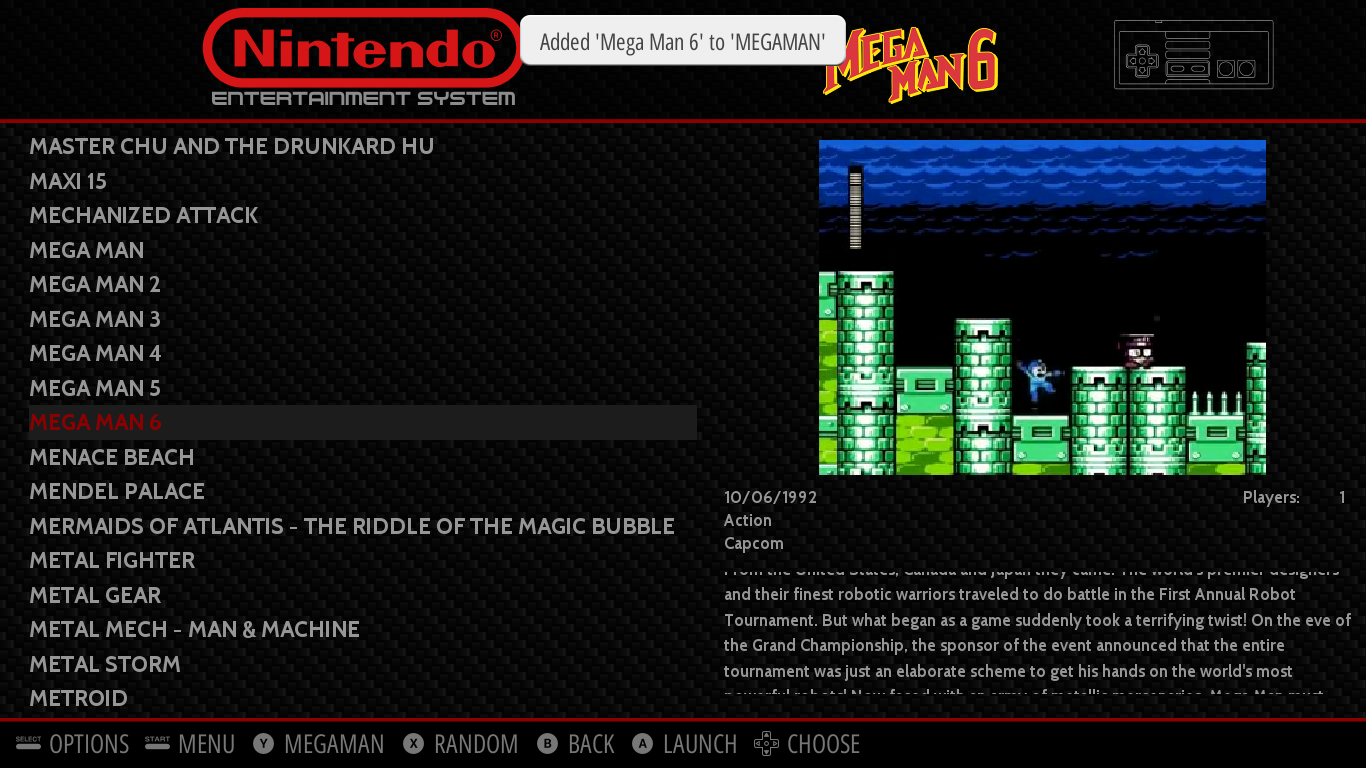

It sounds like I’m building up to explain how I set to work on putting together my own RetroPie console. But from the way online chatter made it sound, the average gamer doesn’t need the coding skills of a game developer to set up their own mini RetroPie console with a Raspberry Pi - or any coding skills at all, for that matter. Prior to my futile NES Classic odyssey, I was familiar with Raspberry Pi as a development board for makers and CompSci wizkids, two things that I am decidedly not. Then, one day while browsing forums in search of tips on where and when to expect the next shipment of Classics, I encountered multiple people across the web saying “Why don’t you just build a RetroPie console?”įor the uninitiated, RetroPie is a software package focused on game emulation and designed for use with a Raspberry Pi.

I was giving up hope of ever getting my hands on a new way to play some of my favorite retro games. I would participate in this ritual at least once a week for over a month, growing more frustrated and frostbitten as time wore on. Each time, a well-meaning store associate would crush our dreams by informing us that they handed out tickets for Nintendo’s elusive mini console in the wee hours of the morning, before any of us poor saps even arrived. We stood there shivering, united under one cause: getting our hands on Nintendo’s highly sought-after, highly underproduced NES Classic Edition (well, some people were there for Hatchimals too, but that doesn’t make for as good of a story). In the chilly late-autumn Ohio mornings of 2016, you would be likely to spot me posted up in front of one of many stores stocking the season’s most coveted item, huddled amidst a shivering mass of gamers, nostalgia freaks, uninterested parents, and - predominantly - resellers.


 0 kommentar(er)
0 kommentar(er)
